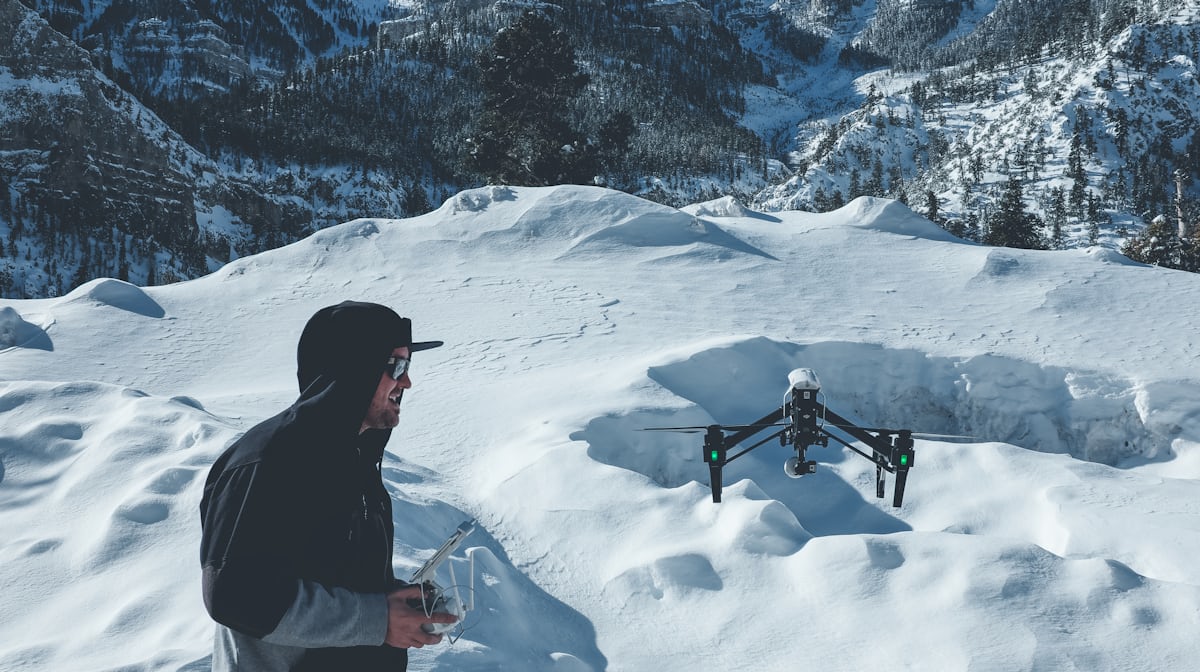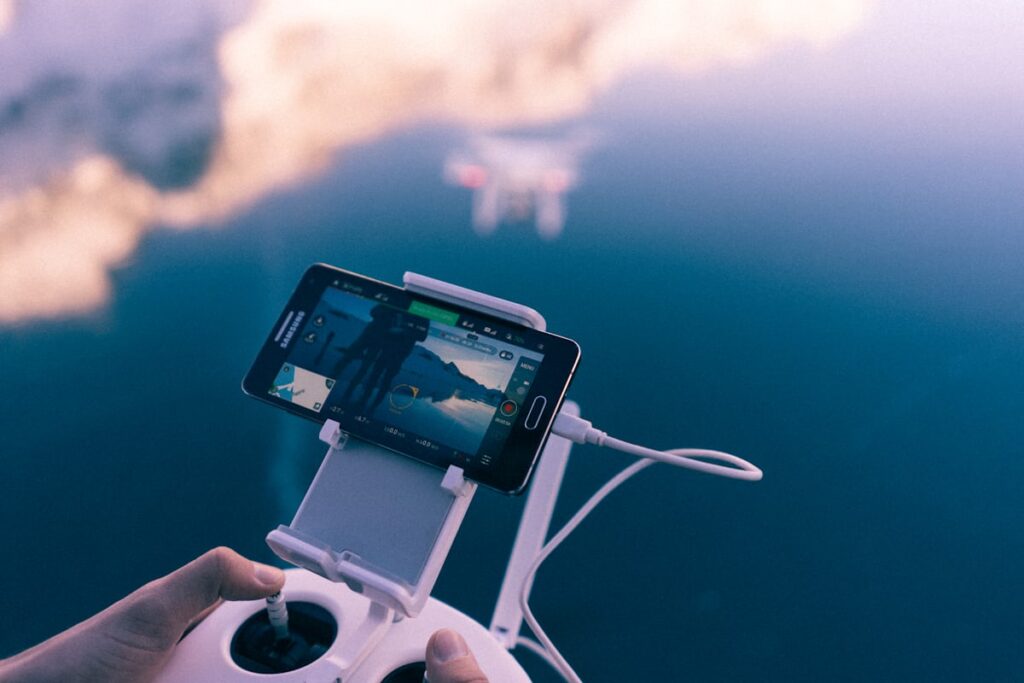
drone flight controller
Introduction
In the realm of unmanned aerial vehicles (UAVs), commonly known as drones, the flight controller stands as a pivotal component ensuring stable and precise flight. This article explores the essential functions, types, and technologies of drone flight controllers, offering a comprehensive understanding of their role in modern drone operations.
What is a Drone Flight Controller
A drone flight controller is the brain of a drone, responsible for managing and directing its flight dynamics. It processes data from various sensors and inputs to control the drone’s motors, ensuring stable flight and enabling complex maneuvers. By interpreting commands from the operator and responding to environmental changes, the flight controller plays a crucial role in maintaining the drone’s stability and navigation.

Key Functions of a Drone Flight Controller
- Stabilization and Control: The primary function of a flight controller is to maintain the drone’s stability. It uses data from gyroscopes, accelerometers, and sometimes magnetometers to adjust the motor speeds and maintain a steady flight path.
- Navigation: Advanced flight controllers integrate GPS modules, allowing drones to follow pre-set flight paths, return to the home location, or hover in a specific position with high precision.
- Autonomous Flight: Modern flight controllers enable autonomous flight capabilities. They can execute pre-programmed missions, such as aerial photography, surveying, or agricultural monitoring; thus, requiring minimal human intervention.
- Failsafe Mechanisms: To enhance safety, flight controllers include failsafe featuresFor instance, if the drone loses signal or experiences a critical failure, the flight controller can, therefore, initiate automatic landing or return-to-home procedures.
Types of Drone Flight Controllers
- Basic Controllers: These are designed for hobbyists and entry-level drones. They offer essential stabilization and control features but may lack advanced navigation or autonomous flight capabilities.
- Advanced Controllers: Used in professional-grade drones, these controllers provide enhanced features such as GPS navigation, advanced stabilization algorithms, and support for various sensors and payloads. They are suitable for complex applications like aerial cinematography and industrial inspections.
- Customizable Controllers: For enthusiasts and developers, customizable flight controllers offer the flexibility to tweak and configure settings according to specific needs. These controllers support various firmware options and can be tailored for specific missions or experimental uses.
Technologies Behind Flight Controllers
- Sensors: Flight controllers rely on multiple sensors to gather data for precise control. Common sensors include accelerometers (measuring linear acceleration), gyroscopes (measuring rotational motion), and magnetometers (measuring magnetic fields).
- Processing Units: The flight controller’s processing unit (often a microcontroller or microprocessor) analyzes sensor data in real-time, making adjustments to motor speeds and flight parameters to ensure stability and control.
- Firmware and Software: Flight controllers run on specialized firmware that interprets sensor data and executes control algorithms. Software interfaces allow users to configure settings, calibrate sensors, and program flight paths.
- Communication Systems: Flight controllers communicate with ground stations or remote controllers via various protocols such as PWM (Pulse Width Modulation), PPM (Pulse Position Modulation), or digital communication methods like UART and CAN.
Choosing the Right Flight Controller
Selecting the appropriate flight controller depends on the drone’s purpose and complexity. Hobbyists may prefer basic controllers for ease of use and affordability, while professionals might opt for advanced or customizable controllers to meet specific requirements.
- Application Requirements: Consider the intended use of the drone. For photography or filming, a controller with GPS and stability features is crucial. For research or experimental purposes, a customizable controller with extensive sensor support might be necessary.
- Compatibility: Ensure the flight controller is compatible with your drone’s frame, motors, and other components. Check for support for the desired sensors and payloads.
- User Interface: Evaluate the ease of use of the flight controller’s software. A user-friendly interface can simplify configuration and programming.
Conclusion
The flight controller is fundamental to a drone’s operation, bridging the gap between human commands and the drone’s physical movements. By understanding its functions, types, and underlying technologies, drone operators can better appreciate the intricacies of their UAVs and make informed decisions about their equipment. Whether for recreational flying, professional applications, or experimental projects, the flight controller ensures that the drone performs effectively and safely, navigating the skies with precision.








